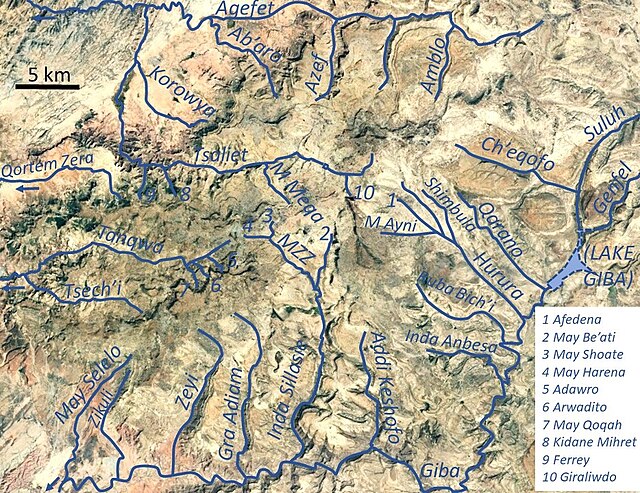Stream capture, river capture, river piracy or stream piracy is a geomorphological phenomenon occurring when a stream or river drainage system or watershed is diverted from its own bed, and flows instead down the bed of a neighbouring stream. This can happen for several reasons, including:Tectonic earth movements, where the slope of the land changes, and the stream is tipped out of its former course
Natural damming, such as by a landslide or ice sheet
Erosion, either
Headward erosion of one stream valley upwards into another, or
Lateral erosion of a meander through the higher ground dividing the adjacent streams.
Within an area of karst topography, where streams may sink, or flow underground and then reappear in a nearby stream valley
Glacier retreat
The River Thames as it passes through the Goring Gap
Drainage system (geomorphology)
In geomorphology, drainage systems, also known as river systems, are the patterns formed by the streams, rivers, and lakes in a particular drainage basin. They are governed by the topography of land, whether a particular region is dominated by hard or soft rocks, and the gradient of the land. Geomorphologists and hydrologists often view streams as part of drainage basins. This is the topographic region from which a stream receives runoff, throughflow, and its saturated equivalent, groundwater flow. The number, size, and shape of the drainage basins varies and the larger and more detailed the topographic map, the more information is available.
Dendritic drainage: the Yarlung Tsangpo River, Tibet, seen from space: snow cover has melted in the valley system.
Dendritic drainage patterns
Parallel drainage pattern
The radial drainage network of Dogu’a Tembien in Ethiopia





